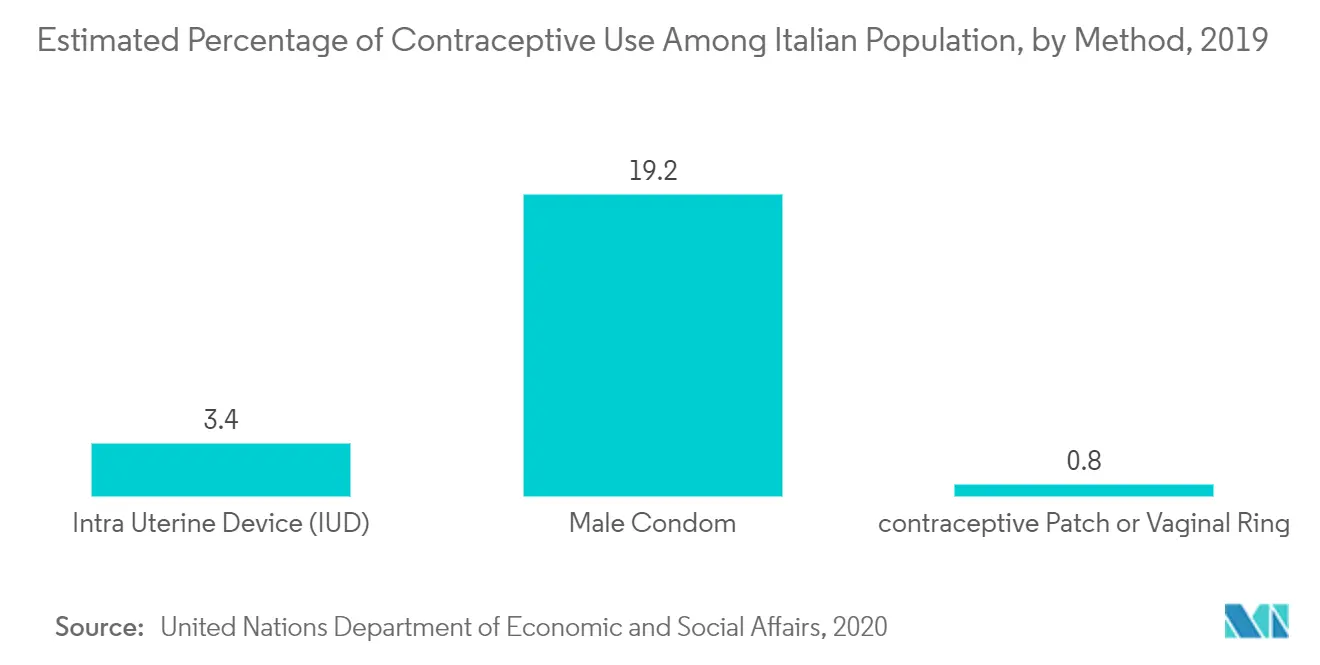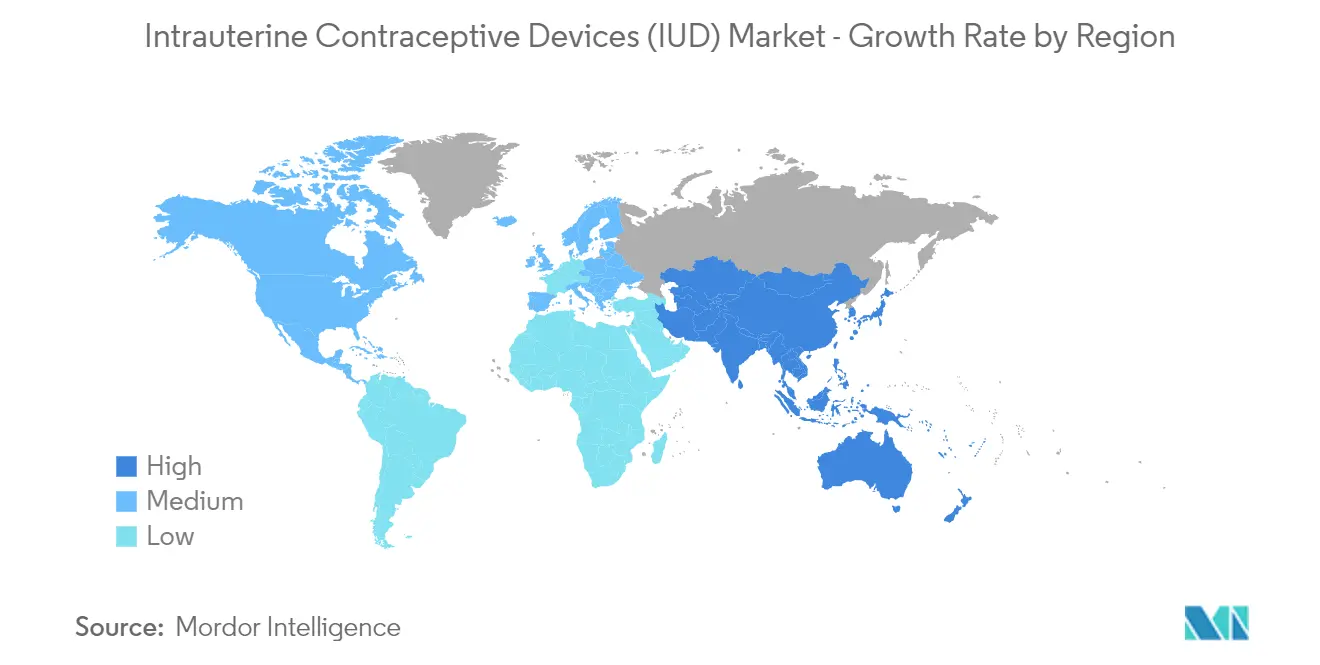Market Trends of Global Intrauterine Contraceptive Devices (IUD) Industry
This section covers the major market trends shaping the Intrauterine Contraceptive Devices Market according to our research experts:
The Copper Intrauterine Device Segment is Expected to Hold Significant Market Share During the Forecast Period
Copper IUDs have been in the market for a long time, since about 1988, earlier than the hormonal IUDs. One of the advantages of using copper IUDs is that they can be used as emergency contraceptives. They can be used within five days of unprotected intercourse to prevent pregnancy. Unlike the hormonal IUD, where the user has to wait for two days for the IUD to take effect, copper IUDs are functional immediately after insertion. They are also less expensive in comparison to hormonal IUDs.
According to the research study conducted by the United Nations sexual and reproductive health agency (UNFPA) in 2020, projects that more than 47 million women could lose access to contraception leading to 7 million unintended pregnancies as a result of the COVID-19 crisis. The devastating result of unintended pregnancy is an increase in maternal and neonatal morbidity and mortality.
According to the research study by Jasmine Aly et al., published in Contraception and Reproductive Medicine October 2020, emphasizes the disproportionate rate of unintended pregnancy in developing countries, which preceded COVID-19. In addition, the study data suggest that, even prior to the COVID-19 crisis 2020, a high rate of women with unmet need for contraception was observed. With the additional strain imposed by COVID-19, populations within an already burdened healthcare system will be most vulnerable.
Increasing research and development activities in the development of novel devices is also boosting the market growth. For instance, Cairo University is conducting a clinical trial to assess the safety and efficacy of intrauterine copper device in patients undergoing cesarean delivery. The trial started in December 2020 and expected to complete in April 2022.
Moreover, cheaper price of these devices has made IUD the one of the most used contraceptive devices in the United States. According to the 2018 report by the Center for Diseases Control and Prevention, 10.3% of women aged 15-49 currently use long-acting reversible contraception (Intrauterine device or contraceptive implant). This number has increased steadily over the years and expected to increase in future as well with more awareness about the advantages of the devices which is expected to help the segment growth over the forecast period.

North America Dominates the Market and Expected to do Same in the Forecast Period
IUDs are one of the most effective forms of reversible contraception, and the interest in this method is growing among women and healthcare providers. The United States market has shown the greatest demand in the use of both hormone-free copper, as well as hormone-based IUDs. For instance, according to the research article published in 2018, 'Contraceptive Use in the United States', it was estimated that about 62 million American women used contraceptives in their childbearing years (15-44). It was observed that approximately 43 million of them (70%) are at risk of unintended pregnancy, i.e., they are sexually active and do not want to become pregnant. However, the article indicates that they may become pregnant, if they and their partners fail to use a contraceptive method correctly and consistently.
The COVID-19 pandemic 2020 is a public health crisis with wide reaching health care implications due to illnesses from the disease itself, social and physical distancing restrictions, and the deferral or indefinite postponement of non-urgent clinical care and procedures. As physical and social distancing measures have been implemented to curb the spread of COVID-19 in North America region, healthcare has been upended with the deferral or cancellation of in-person visits and health care providers have had to rapidly adapt their clinical practice.
For instance, according to a research study by Amanda Black et al., published in Society of Obstetricians and Gynaecologists of Canada (SOGC) 2020, stated that Canadian people and couples who want to avoid a pregancy during the COVID-19 pandemic 2020 are at increased risk of developing an unmet need for family planning due to lack of access to contraceptive care or methods. Adding to this, social isolation may increase unintended pregnancy through exposure to unprotected intercourse, reproductive coercion, and intimate personal violence.
The three most common types of hormonal IUDs available and trending in the United States market are Mirena, Skyla, and Liletta. The American College of Obstetricians and Gynecologists has now developed new guidelines to make IUDs popular among patients. It has been endorsed by the American Academic of Pediatrics as the first line of contraceptive option for teenage girls. Thus, owing to the presence of better healthcare infrastructure and awareness among the population, the North American intrauterine contraceptive devices (IUD) market is expected to grow during the forecast period.


